|
|
Ten undescribed species of amphibians — including nine frog and one salamander — have been discovered in the mountains of Colombia, report scientists from Conservation International (CI).
The amphibians were discovered during a recent Rapid Assessment Program (RAP) expedition in the Tacarcuna area of the Darien, near the border with Panama. Also sighted were 50 other species of amphibians, 20 species of reptiles, and almost 120 species of birds. The survey also documented the presence of large mammals including Baird’s tapir (Tapirus bairdii), listed on the IUCN Red List as Endangered in Colombia; white-lipped peccary (Tayassu pecari); and four species of monkeys, including Geoffroy’s spider monkey (Ateles geoffroyi), Geoffroy’s tamarin (Saguinus geoffroyi), white-throated capuchin (Cebus capucinus) and the mantled howler monkey (Alouatta palliata).
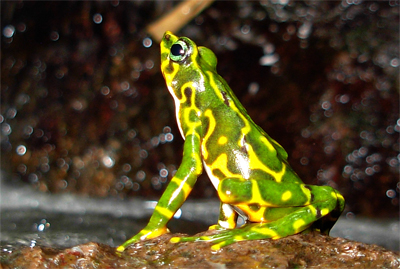 Harlequin frog of the Atelopus genus potentially new to science discovered in a Rapid Assessment Program (RAP) suvey conducted in Colombia during which 10 species of amphibians believed to be new to science were found. Credit: © Conservation International Colombia, photo by: Marco Rada 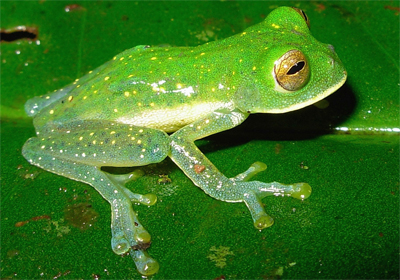 Three glass frogs of the Nymphargus, Cochranella and Centrolene genera were discovered in the hills of Tacarcuna, a mountainous area in Colombia. Credit: © Conservation International Colombia, photo by: Marco Rada 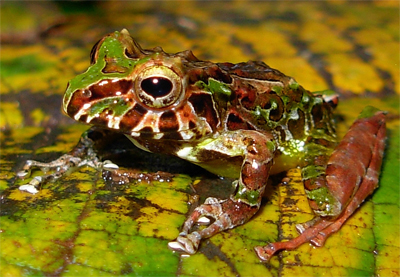 Two species of rain frogs (Pristimantis genus) potentially new to science were discovered in the hills of Tacarcuna, Colombia. During three weeks, scientists identified around 60 species of amphibians. Credit: © Conservation International Colombia, photo by: Marco Rada |
The “new” amphibians included spiky-skinned, orange-legged rain frog, three poison dart frogs and three glass frogs, named for their transparent skin.
“The potentially new species of amphibians include three glass frogs of the Nymphargus, Cochranella and Centrolene genus; three poison dart frogs of the Dendrobatidae family (Colostethus, Ranitomeya and Anomaloglossus genera), one harlequin frog of the Atelopus genus, two species of rain frogs of the Pristimantis genera and one salamander of the Bolitoglossa genus,” said CI in a statement. “Colombia holds one of the most diverse amphibian communities in the world, with 754 species currently recorded.”
The scientists called the area a “Noah’s Ark” of wildlife, alluding to both its biodiversity and its importance as a biological bridge between Central and South America.
“Without a doubt this region is a true Noah’s Ark. The high number of new amphibian species found is a sign of hope, even with the serious threat of extinction that this animal group faces in many other regions of the country and the world,” said Jose Vicente Rodriguez-Mahecha, Scientific Director of CI-Colombia.
CI-Colombia hopes to use the results to help justify greater protection of the region, including the establishment of a new protected area in the Tacarcuna hills. While much of the Colombian Darien is under some form of protection, it faces threats from logging, cattle ranching, agricultural development, unsustainable hunting, and mining.
The RAP took place over three weeks and involved herpetologists from CI-Colombia and ornithologists from the Ecotrópico Foundation, with the support of the local Emberá community of Eyakera.
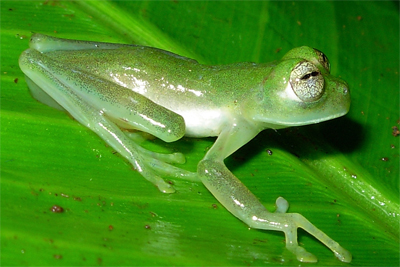 A glass frog of the Nymphargus genus potentially new to science discovered in the mountains of the Darien in Colombia. Darien is a mountainous system isolated from the Andes Mountain range and is a recognized endemism center, valuable for its high biological diversity. Credit: © Conservation International Colombia, photo by: Marco Rada 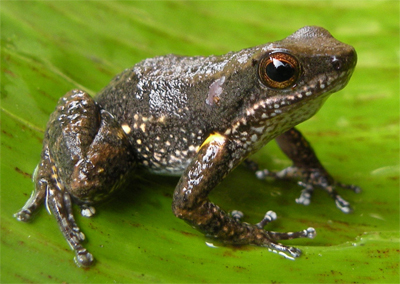 Three poison frogs of the Dendrobatidae family, including this one from the Colostethus genus, inhabit the hills of Tacarcuna, a mountainous area of the Darien in the border limit of Colombia with Panama. Credit: © Conservation International Colombia, photo by: Jose Vicente Rueda 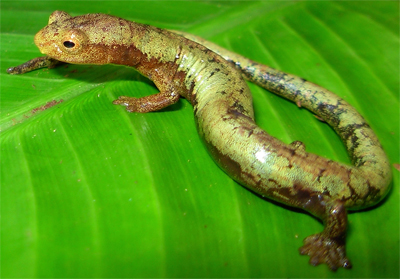 Salamander (Bolitoglossa taylori) potentially new to science discovered in Colombia. The country is home to over 754 species of amphibians-one of the highest in the world. Credit: © Conservation International Colombia, photo by: Marco Rada 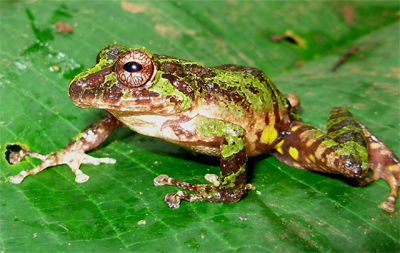 Two species of rain frogs (Pristimantis genus) potentially new to science were discovered in Colombia. Commonly, scientists consider amphibians as the guardians of human health; their smooth skins, exposed directly to the elements, indicate if conditions for human life exist. Credit: © Conservation International Colombia, photo by: Marco Rada 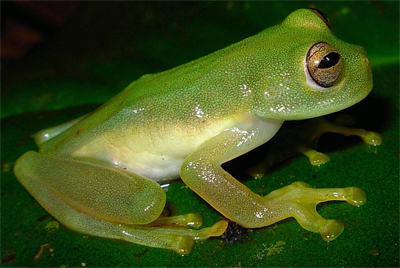 A Rapid Assessment Program (RAP) survey conducted in Colombia has discovered 10 species of amphibians believed to be new to science. The glass frog of the Cochranella genus is among the discoveries. Credit: © Conservation International Colombia, photo by: Marco Rada 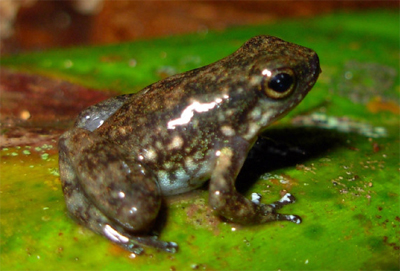 A poison frog from the Dendrobatidae family (Anomaloglossus genus) potentially new to science discovered in the hills of Tacarcuna, a mountainous area on the border of Colombia with Panama. Credit: © Conservation International Colombia, photo by: Marco Rada |
Map
View Larger Map